Florida native ironweed (Vernonia gigantea) is a long-lived perennial that reaches 3 to 10 feet tall. This member of the Asteraceae (sunflower) family is found in the eastern United States and in Puerto Rico.
In the wild, ironweed flourishes in moist areas and can be found growing on prairies, grasslands, in old fields, along roadsides, in savannas and woodlands, and along the banks and exposed sand bars of streams. From July to October dark purple flowers can be seen flowering in large masses. Flowers bloom at the tops of the plants, so if you encounter a 6 foot tall ironweed plant, be prepared to look up for blossoms. Ironweed is a great pollinator plant and nectar source and will attract hummingbirds, bees, and butterflies. It grows though most of the state—zones 8b to 10b—and can be planted in areas with full sun to partial shade.
|





























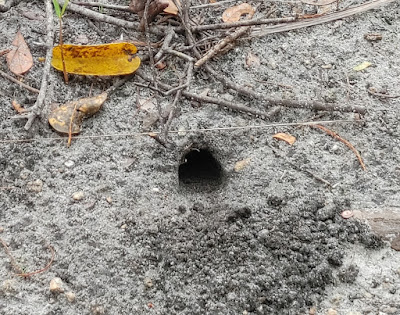





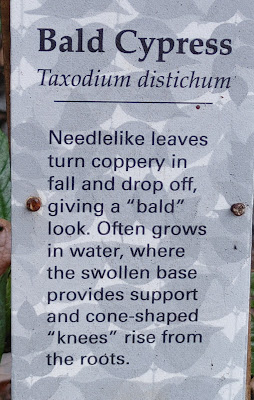























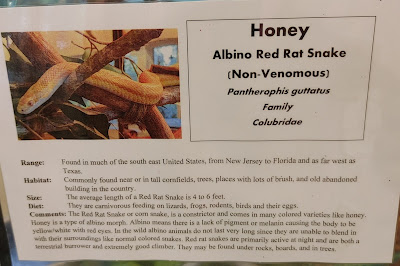






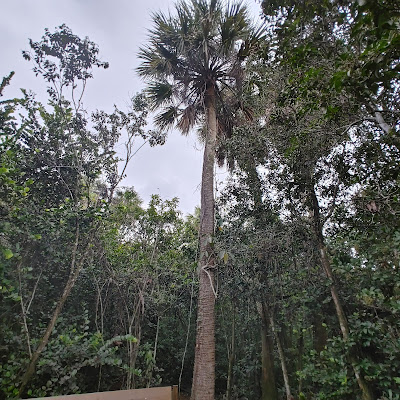









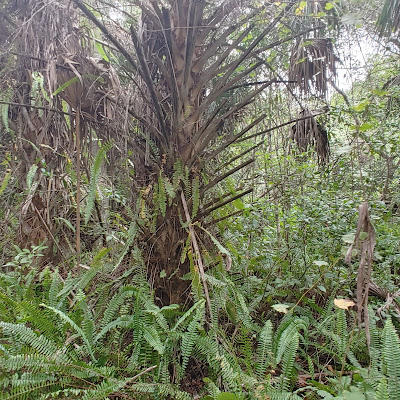


No comments:
Post a Comment